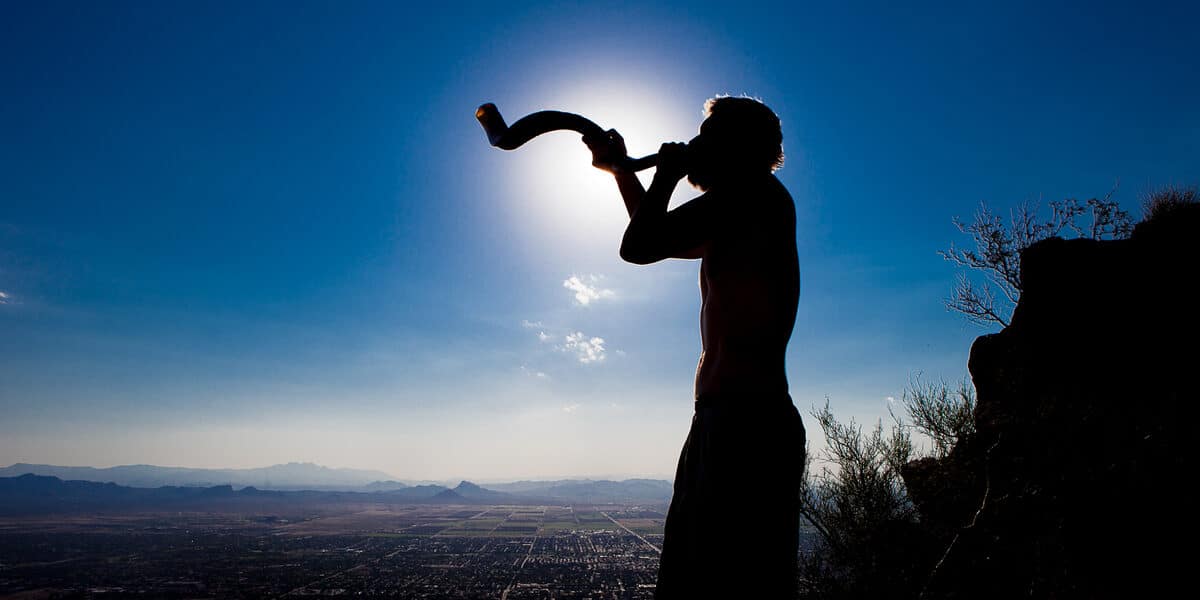Unless one is uninformed, we should know of the recent violent attack at Lakewood Church. Although the casualty count did not meet the standards set by the United States Department of Justice for what can be considered a mass shooting, which is 4 victims, the fact that it happened at such a high-profile church was the reason it made national headlines.
The truth is, unless there is a high body count, or it occurs at a high-profile place of worship, we might never hear about the numerous deadly force incidents that occur throughout the country. Sure, the local news may cover it, but chances are it will not get picked up by the national newswire.
Deadly Force Incidents (DFI) in houses of worship in the United States have been independently tracked since 1999. Before that, those incidents were simply part of the general statistics. A deadly force incident is where a homicide occurred or a homicide could have occurred. For instance, if someone were stabbed or shot and the person survived, it would still be a deadly force incident.
Now that that has been made clear, I will share some facts. In 1999, there were 10 reported DFI in houses of worship in the U.S. Remember, this was before the explosion of the Internet and social media, so there may have been more, but this is just what was reported. From 2000 to 2004, there were 6, 6, 9, 9, and 4 incidents respectively. 2008 was the last year we had double digits at 64. In 2012, we had 139 reported incidents. So from a low of 4 in 2004, to 139 in 2012, we saw a 3375% increase in DFI in places of worship. Up to this day, the percentage of increase from a low of 4, sits at close to a 7000% increase.
The shock in all of this is that we still see leaders in places of worship, and even some attendees, having a mentality of “IT WOULDN’T HAPPEN HERE.” Occasionally I will get a call from a church leader after that place has had an incident, express to me those thoughts, they did not think it would ever happen there.
Now, I am not an alarmist. There are close to 400,000 places of worship in the U.S. The possibility of a DFI happening at your place is still rare, but we cannot keep thinking it will never happen. So, what then? Please note that it is better to have a plan and not need it than to need a plan and not have one.
I am a strong advocate of having individuals stand ready to execute any plans that are in place for the safety and security of members and attendees. Whether they are volunteers or hired professionals, we simply cannot get around this. Before anyone jumps to conclusions as to the primary responsibility of these individuals, let me state it IS NOT to respond to any violent acts, be it a DFI or other. It is to prevent that from occurring through trained behavioral recognition and situational awareness. If a violent incident occurs, that means the plans that were in place failed. Remember, though, no operation is guaranteed a 100% success rate. We are after all, only human. Should this happen, then the secondary responsibility is to do everything and anything at their disposal to at best prevent injury or loss of life or to minimize it.
That is difficult for some to wrap their head around. The building where we come to worship is supposed to be a place of peace, a sanctuary. Many places call the area of the building where worship services are held just that, the sanctuary. One definition of that word is a place of protection, where one feels safe. In older Western movies, the bandit on the run from the posse would escape to the old Catholic church and cry, “Father, I need sanctuary!” When people no longer feel safe at their place of worship, it will be a tremendous loss. Any feelings of safety, security, and protection can take years to be restored, if ever.
The Bible, both Old and New Testament, is full of texts that point us to the need to protect and watch out for each other. Ecclesiastes 3 tells us there is a time for everything, for peace, and yes, war. Isaiah 2 tells us there is a time when we should take our tools of war and turn them into tools of growth. Ah, then Joel 3 tells us there will be a time when we must take our tools of growth and turn them back into tools of war. Acts 20 instructs us to keep a watchful eye for each other. In Ezekiel 33, as in other places, the Lord speaks of the Watchman. That person is to stand guard and alert the people of any incoming danger. If an attack was imminent, that watchman was to sound the alarm and warn the people to take cover, and to call to arms those who were prepared to defend the city.
Again, this may be difficult for some. Truth is, this is where we are in this day and age. In Matthew 24, the Lord tells us that in the last days the love of many will grow cold. It is time for church leaders everywhere to become aware and take on the responsibility that has been placed on them. The word pastor means shepherd. A shepherd’s responsibility is to lead the flock to the fertile nourishing grounds of scripture, but it is also to protect the flock, to have sheepdogs ready to assist in keeping the flock safe and secure.
I have been all around the United States in the past 16 years helping churches put together a plan for the safety and security of the body helping put together groups of individuals who would step up or helping train an existing group of individuals who have already taken on the task of “sheepdog.”
I am encouraged that I am seeing less of the mindset “NOT HERE.”
In conclusion, please remember that this is a spiritual battle. We the church are to always be a welcoming place where broken souls can come and seek healing through the gospel. Do not ever forget that mission. Be loving, and be welcoming, but also be wise.
Steve Padin is a retired 25-year police officer and current police academy instructor. For the past 17 years, he has traveled throughout the U.S. helping churches bring their security ministries to the next level, www.thewatchmansacademy.com





